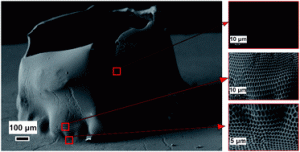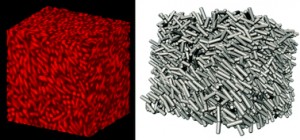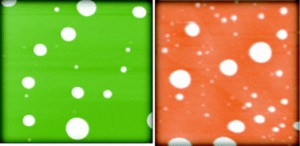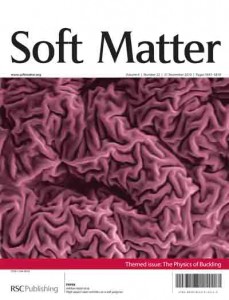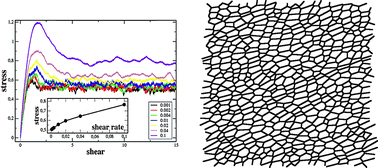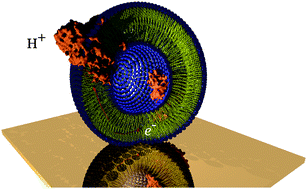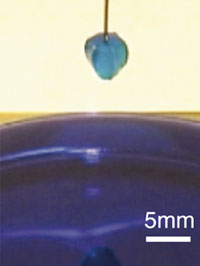 A pipetting method that mimics the way flowers protect themselves from water damage could find its way into restaurants, say US and French scientists.
A pipetting method that mimics the way flowers protect themselves from water damage could find its way into restaurants, say US and French scientists.
Flowers in aquatic environments have a flood defence mechanism. When they are submerged in water, the petals fold over to form a capsule, trapping an air bubble within, protecting the genetic material. Pedro Reis and his colleagues at the Massachusetts Institute of Technology, Virginia Tech and Paris Tech recreated this phenomenon using a petal-shaped vinylpolysiloxane film that they cast and cut to achieve the required stiffness…
Read the full news article in Highlights in Chemical Technology by Yuandi Li here:
The original research article published in Soft Matter can be found here: Pedro M. Reis, Jérémy Hure, Sungwan Jung, John W. M. Bush and Christophe Clanet, Soft Matter, 2010, 6, 5705 DOI: 10.1039/c0sm00895h











